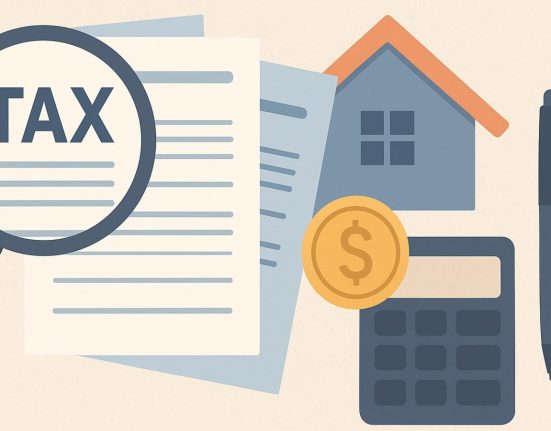The Ohio Statehouse in Columbus. (Jeremy Pelzer, cleveland.com)Jeremy Pelzer, cleveland.com
COLUMBUS, Ohio — Ohio Republicans want to eliminate a longstanding rule that guarantees about $3.4 billion a year for cities, schools and first responders.
A bill introduced Wednesday would scrap inside millage–non-voted property taxes–unless voters reapprove the funding in November 2025. If not, those dollars would vanish in January 2026.
Rep. Dave Thomas, an Ashtabula Republican, called it a “major change.” A shift that could ease the property tax pressure fueling voter anger across the state.
“This is going to cause a lot of conversations about how we provide services,” he said.
Inside vs. out
To understand why this matters, it helps to know the difference between inside millage and outside millage.
If your home gets taxed at $100,000, you owe $100 a year for every mill. If that taxable value rises to $150,000, that same mill now costs you $150, right?
Wrong.
Outside or voted upon millage gets adjusted downward as property values rise so schools, libraries and cities only collect the amount voters approved. This is called the reduction factor.
But that rule doesn’t apply to inside millage. It climbs with your home value.
Thomas said that hidden growth is a key reason Ohioans are seeing their tax bills spike–and why some are calling to abolish property taxes altogether.
Under his new bill, he said, “You will only be seeing a tax increase if you vote on it.”
Is this consitutional?
Ohio’s Constitution says: “No property, taxed according to value, shall be so taxed in excess of one percent of its true value in money for all state and local purposes, but laws may be passed authorizing additional taxes to be levied outside of such limitation.”
In plain terms, and in Ohio Revised Code, that means local governments can collect up to 10 “inside mills” from property owners without going to the ballot.
That $10 for every $1,000 has long been treated as a kind of guaranteed base funding for schools, cities, and other local services.
But Rep. Thomas sees it differently. He believes the Constitution sets a maximum, not a promise.
He interprets it as you can’t go over 10 mills without a vote–not that you’re guaranteed 10 mills in the first place.
Township exemption
The only exemption to Thomas’ plan would be for Ohio’s apprxoimately 1,300 townships.
They could keep their inside millage because townships can’t raise income or sales taxes.
Income tax alternative?
If this bill became law, schools and other public entities would have to ask their voters for more money in November or faces budget cuts in January. But that money wouldn’t have to all come from property taxes.
Thomas said schools, cities and counties could turn to income taxes.
But that approach has tradeoffs: Businesses don’t pay income tax on their first $250,000 in earnings–potentially shifting more of the burden onto individuals.
Another option would be to reconsider what they spend on services overall.
If Ohioans pay less that means “someone will be receiving less,” Thomas said. “And that’s one of the ultimate goals as well. It’s an absolute requirement.”
Anna Staver covers state government and politics for Cleveland.com/The Plain Dealer.






